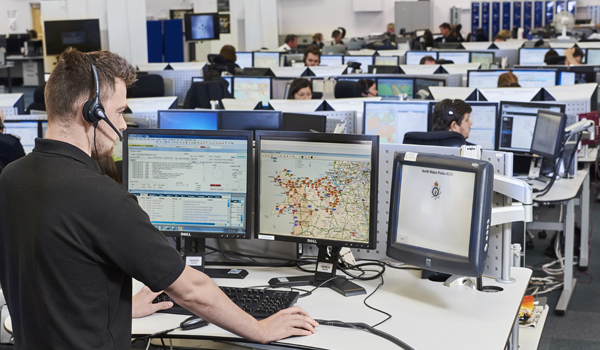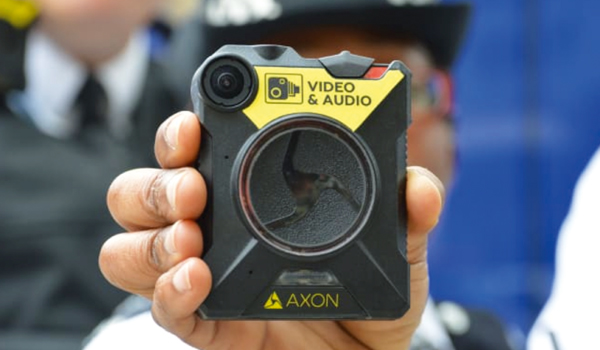Driving down crime
Automatic Number Plate Recognition (ANPR) is not a new technology, but it has proven that denying criminals the use of the road network is an effective policing strategy. Dave Howell surveys the ANPR technology landscape and looks at sharing information with both public and private bodies as well as other forces

Automatic Number Plate Recognition (ANPR) is not a new technology, but it has proven that denying criminals the use of the road network is an effective policing strategy. Dave Howell surveys the ANPR technology landscape and looks at sharing information with both public and private bodies as well as other forces
ANPR technology has continued to grow in importance as a key-policing tool over the last decade. This has not only been as an effective detection tool, but also as a wider response to the publics desire to see more officers on their streets. Project Spectrum began the development of these systems with a centrally funded initiative. The Laser 1 project capitalised upon Spectrum and carried out an independent evaluation of the police use of ANPR with dedicated intercept teams across nine forces. Later, Laser 2 expanded this to 23 forces and Laser 3 to all 43 forces.
In the report Driving Crime Down ANPR was described as a great success: ANPR-enabled intercept teams have been shown to be an extremely effective means of engaging with criminals. Laser 2 has built upon the significant success of Laser 1 by proving the concept across a wider range of forces, over a longer time period and with a greater level of resource. Using a range of police intelligence and experience, Laser 2 intercept teams were able to disrupt criminal activity in an efficient and effective manner, bringing more than three times the number of offences to justice compared to conventional policing.
John Dean, National ANPR Co-ordinator, National Policing Improvement Agency and Chair of National ANPR User Group said: The Police use of ANPR has strengthened due to a number of factors: The very positive evaluation from the various phases of the Laser Project has enabled central funding to be provided to forces to expand their ANPR capability. Forces have also structured their approach to more effective use of ANPR by improving the quality of the data that ANPR matches against, by better tactical deployment of ANPR in mobile and fixed-site deployments. ANPR is fast becoming a core-policing tool, which contributes to virtually every area of policing. ANPR is the finest intelligence led policing tool currently available.
The ability of the ANPR system was brought into sharp relief in 2005 when the car driven by the suspected killers of Police Constable Sharon Beshenivsky was successfully identified and tracked using ANPR technology that led ultimately to arrests.
Technology development
The Police Scientific Development Branch invented the technology that underpins ANPR in 1976. The system continued to be enhanced resulting in the first arrest being made as a direct result of detection with the ANPR system in 1981. Today a number plate can be successfully captured on a car moving well in excess of 100mph.
APNR uses optical character recognition (OCR) that is applied to images captured by high-resolution cameras that are typically used in mobile detection units, but the software has developed to the point where number plates can be reliably read from lower quality fixed CCTV camera installations. OCR has been in use within office environments for decades to digitise written or printed text. Number plate design has also been modified over time to enable OCR systems to increase their accuracy. High quality image capture and OCR together, make ANPR possible.
The software that current ANPR systems utilise is run on a standard Windows-based PC. The image that the camera takes is manipulated to give the OCR software a clear and unambiguous image to extract the alphanumeric data from. Once captured, this is referenced against a number of databases. Images that are captured in high-density situations such as the London congestion charge are sent to high-speed servers that carry out the detection and verification process.
Dave Scotton, managing director, police, Civica said: The technology within this area has been steadily improving over the last ten years. The use of better camer





